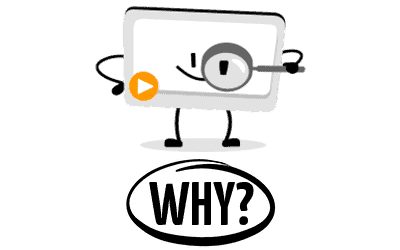Start with why – stay in mind
“All great leaders communicate in the same way. They always start with the WHY.” That’s what Simon Sinek points out in his incredibly successful book named – guess what – Start With Why.
And that’s also what he talks about in his beyond popular TED Talk, which, by the way, has been viewed more 27 million times. Check it out:
In both, the book and the TED talk, he emphasizes that people won’t buy or trust in WHAT you do without knowing WHY you do it. He refers to companies that are much more successful than others, using Apple and the company’s way of communicating as the prime example.
Through the WHY, a story will arise, which will create trust and make a company, an idea, or a person unique.
Sure, the Start with Why principle is not only valid for commercial products or services. It might also be the fundament for the acceptance of new rules and changes in organizations and companies. It may be key to arousing other people’s interest in your topic. It may be the starting point for wanting to explore a topic in more detail. Start with why, then explain how, and then what.
Test your WHY factor!
Also for our explainer videos, we always keep the Start with Why rule in mind. Sure, a good explanation is defined by the WHY. It is not about how something looks or works. It is about making clear why you need something or why it’s solving a certain problem.
So here’s a little test we use in our workshops to practically understand what we mean by that: One person explains a safety pin to the other participants, who do not know what object it is being described (yes, this might remind you of the parlor game taboo).
So, how would you start to explain the safety pin?
Don’t read further. Really think about it!
And…?
Most people do start to DESCRIBE the safety pin – maybe as you would. They talk about a silver object made of metal, which is four centimeters long and bent. Most of the time, none of the other participants come up with the safety pin.
What would be much easier is to start with WHY: Why do you need this object? For example:
“Imagine you’re on your way to work in the morning. Suddenly the button on your pants falls off and your pants pop open. Then you would use this object to fix your waistband.”
Because almost everybody has been in this, or at least a similar situation, it would be easy to know that the object is a safety pin.
The WHY is therefore also the fundament of a good explainer video. It makes viewers really know why the service, the product, the process or whatever the explainer video is about, is needed or necessary. It provides context and makes it therefore easier to understand the message and motivates to spend time learning about a topic.
So, we guess you’re now well prepared for the perfect explanation in your very own simpleshow – or for the next time you play taboo!




